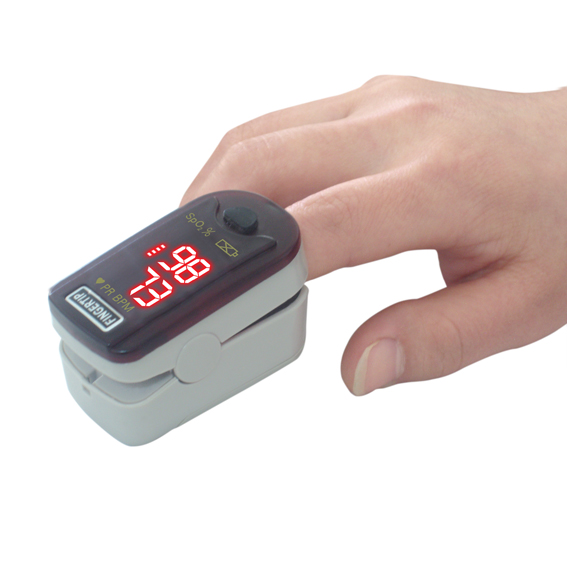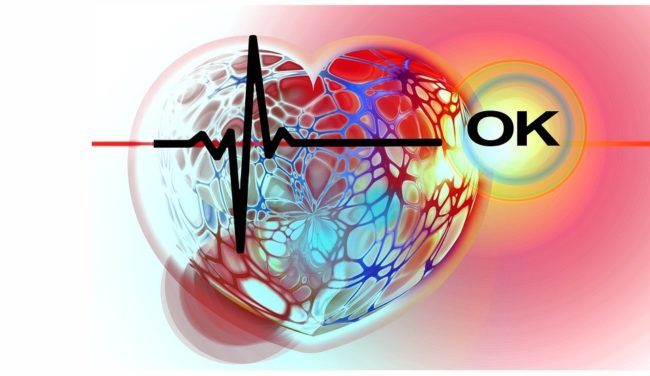Personal Pulse Oximeter
Disclaimer: This is a collaborative post: A pulse oximeter is a device that is placed on your finger or ear to read oxygen in your blood. Read more about pulse oximetry here. The readings aim to find out the saturation level of oxygen and how well your heart distributes the blood in your body.
Most hospitals have oximeters in their emergency rooms for people who have lung cancer and other pulmonary diseases. They also use this device to patients who have recently experienced heart attacks and asthma.
Uses of the Device
Pulse oximetry is a necessity for several reasons. Here are some of them:
• Doctors or researchers can assess more accurately how a medication is working, especially if they have developed it for the lungs.
• This device can determine whether an individual needs help to breathe.
• It evaluates whether a patient needs a ventilator or not.
• Monitor the oxygen levels inside the body during operation or surgery.
• This is used to monitor patients’ health during treatment, especially if they are going to be sedated.
• This can make assessments if an individual can tolerate a higher level of exercise.
• To see if a person, especially someone who is experiencing sleep apnea, stopped breathing while resting.
How the Process Works
Hospital personnel will place a clamp-like device on a patient’s earlobe, toes, or fingers. This device does not hurt the patient at all.

The small light beams will then pass through the fingers and inside the blood, and they will measure the body’s oxygen levels in the process. This is a very painless process that produces accurate results.
Why Get a Personal Device for Yourself?
Expand Activity Levels
These devices are handy and lightweight. This means that you can use them in any environment, including your home or at the gym. You can measure the levels of your oxygen saturation if you are exercising or doing any other recreational activities.
You will have a better view of what activities are okay for your health because you have feedback regarding your breathing.
Meeting Normal Oximetry at Home

People who have respiratory diseases such as asthma will be required to retain a specific oxygen saturation while they are at home. The target should be reached continuously to keep the levels regular. If you keep track of your saturation levels, you will be able to know when to adjust them anywhere you are.
Oxygen Titration
With a medical expert’s help, you will be able to titrate the flow of oxygen in your portable tank. For people who have asthma, they might require more adjustments if they are on a flight or doing strenuous activities. They can increase or decrease their supply if they have accurate readings with them.
Promoting Home Pulmonary Rehabilitation
Many patients want to extend their rehabilitation from the hospital to their homes. This is because they feel more comfortable, and they can do more activities without confinement.
If the doctor allows it, personal Masimo pulse oximeters can tell a patient whether a particular exercise is right for them.
They can decrease other activities that contribute to shortness of breath if they have accurate readings of their status.
Personal Oximeters
These devices are inexpensive and convenient. Some of the benefits include providing accurate oxygen saturation readings in just a matter of seconds, which is a must for patients with chronic obstructive pulmonary diseases.
These are perfect for individuals who want to have regular check-ups of the oxygen in their blood. Most adults who are healthy will typically have levels that range from 97 to 99 percent. But a reading of 92 percent is also considered normal.
More about oxygen saturation in this site here: https://en.wikipedia.org/wiki/Oxygen_saturation_(medicine)#targetText=Healthy%20individuals%20at%20sea%20level,and%20should%20be%20above%2094%25.
People who frequently go to the gym can also benefit from oximeters. They can be helpful to athletes and amateurs who do frequent workouts. They are for people who do exercise, jogging, and those who mainly want to live a healthier lifestyle. For athletes, they see this tool as a convenient device.
They will be able to determine if their body can do more strenuous workouts or if it’s time to rest. At the same time, if you are into high altitudes, hiking with your friends, you may find your oximeter to be a handy toolkit.
There are a lot of ways on how you can use this device to check your overall health. You can ask your medical doctor for more information about this.
Google+



